
The saying ‘you get what you pay for’ often rings true, but there are several nifty things that I’d recommend adding to your kit list that cost next to nothing.
Some, like a compass, could quite literally be a lifesaver if technology fails you. Others just add an extra degree of comfort. I’m not suggesting you go on a supermarket sweep and fill your bag with useless junk just because it’s cheap, but at under $10 a pop, the bits and bobs listed make good — and importantly — useful stocking stuffers.
How do I decide if it’s worth taking these extras?
Never leave out something vital. Even if traveling ultralight I’d never leave a small first aid kit out of my pack.
it almost always boils down to weight
Since we carry everything on our backs when hiking, . I’ve overpacked before and cursed my excessiveness on every step of a steep climb, but equally, you learn by trial and error which home comforts are important to you. Personally, I never set off on an adventure without a lightweight portable coffee maker and a thin paperback. The people that chop their toothbrushes in half to save on weight would be appalled, but I find the enjoyment from a morning brew and something to read at night is worth a few extra ounces.
How do I pack efficiently?
Some backpacks have a front zip which lets you open up your backpack like a suitcase, but most don’t, and I’ve often pulled everything out of my bag to locate something I’ve left at the bottom. Now, I like to keep gear in separate pouches to make it easily accessible. I put things that I know I won’t need until camp at the bottom of my pack (for example my sleeping bag and sleeping pad). I also keep heavy gear at the bottom to balance the weight better. Then I use separate pouches or packing cubes for meals, snacks, clothes, tech, or whatever else I’m taking. Usually, I line my backpack with a lightweight dry sack (although a trash bag works too). Although most backpacks come with a rain cover, they offer little protection in high winds or heavy rain.
Make a packing list.
You can use the same one over again for each expedition. Although there’ll be slightly different considerations according to the environment, the bulk of your gear will be the same for each trip. REI has a helpful list to get you started.
Be it for necessity or enjoyment, don’t leave home without the following bits of gear — best of all they're all under $10.
Input may receive a portion of sales if you purchase a product through a link in this article. We only include products that have been independently selected by Input's editorial team.

Given the choice, I’d always use a navigation application over a map and compass. We’re the GPS generation after all. But technology, especially at extreme temperatures and in remote locations, can be fickle. I always keep a lightweight compass in my bag, just in case my phone breaks. This Orienteering Compass comes with a lanyard and a ruler.
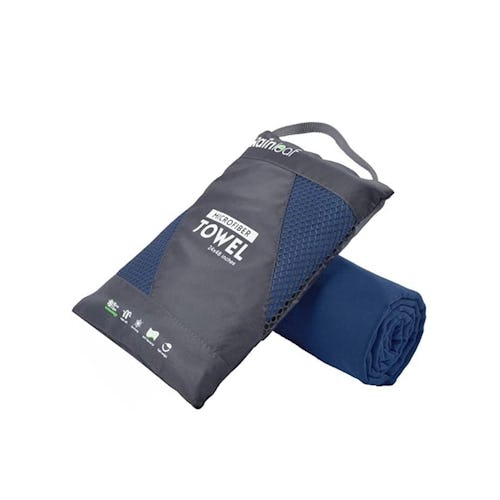
Nothing is a bigger waste of pack space and weight than a proper towel, but drying your body with clothes isn’t much fun either. The Rainleaf Microfiber Towel packs down very small, weighs next to nothing, is fast-drying, and ultra-absorbent. Even if you’re not planning on washing for the duration of a trek, it’s good for mopping up leaks, or using as a sweat rag.
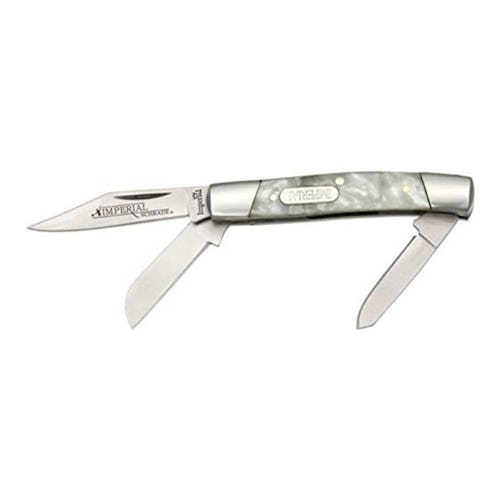
While I carry a pocket knife on every trip, I’ll admit that 90 percent of the time I use it to slice cheese (an essential task). Food prep might be the main usage, but a knife is also handy for cutting Band-Aids or medical tape, repairing gear, or chopping up small branches for camp fires. The Imperial Schrade IMP14 Small Stockman Folding Pocket Knife has three blades, a slip joint lock, and is very compact.
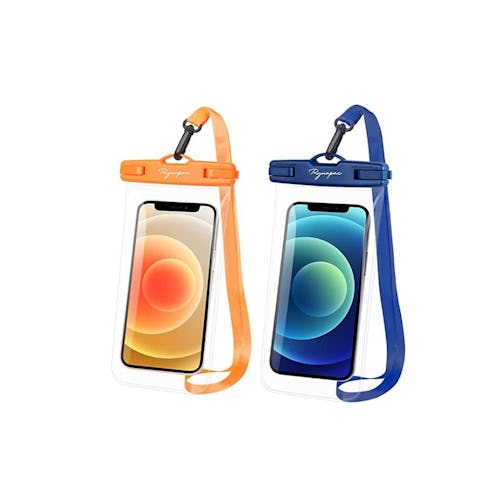
Although I like to disconnect on a hike, I’ll generally have my phone with me. After all, they’re often our cameras, navigational devices, and a way of making an emergency call all in one. Phones don’t like an excess of water and a bowl of rice for drying out a sodden device isn’t readily available in the backcountry. Avoid mishaps with a waterproof case, like the Rynapac Waterproof Phone Pouch.
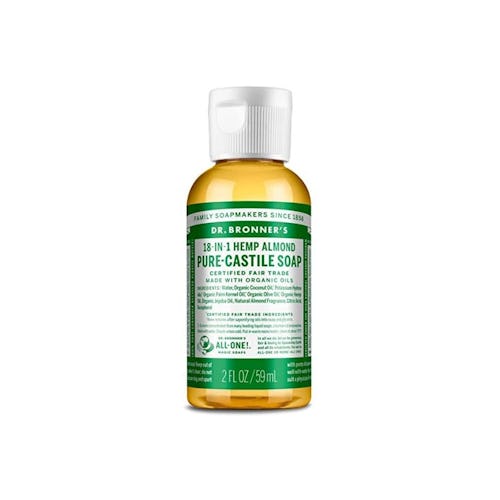
Rather than taking shampoo, soap, washing-up liquid, and possibly even laundry liquid on a hike, take a small bottle of Dr. Bronner’s Castile Soap, which doubles up as all four. It’s also natural and biodegradable, so won’t damage your surroundings. We all embrace slightly dubious standards of hygiene on a trek, but personally, I like to eat out of a clean pan that doesn’t taste like the last meal I cooked.
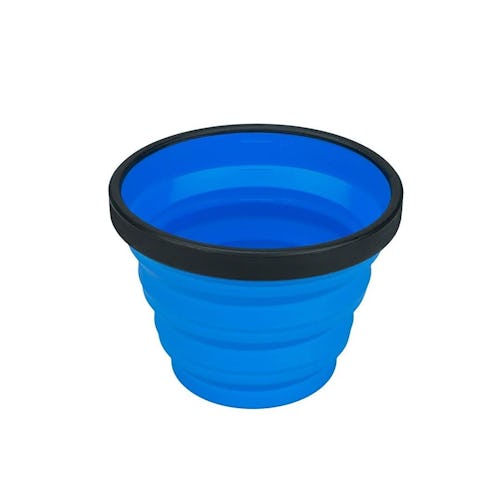
Made from food-grade, heat-resistant silicone, the Sea to Summit X-Series Collapsible Silicone Camping Drinkware squashes down into a small disk that fits in your pocket. It’s a receptacle for hot drinks and doubles up as a bowl for noodles and soups too. Even if you’re doing an urban trail with pit stops for oat milk flat whites on every corner, this camping mug saves waste from disposable coffee cups.
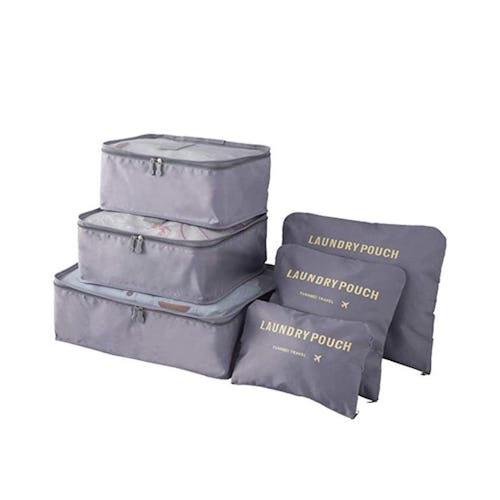
Packing cubes might have been my biggest revelation, both for hiking and holiday packing. I don’t know how I lived without them. The FiveRen Packing Cubes weigh next to nothing and you’ll never find stinking, three-day-old hiking socks polluting your clean clothing again.
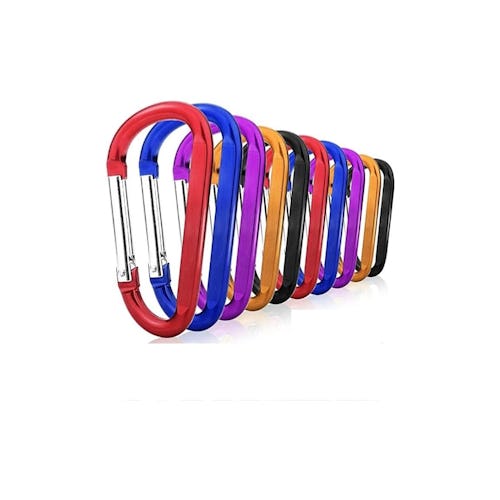
This is one for the over-packers. Having one or two lightweight carabiners like the Craebuer Aluminum Spring Snap Hook Carabiners allows you to maximize your pack space and attach extras to the outside. I often hang a water bottle, camping cup, or spork from a carabiner attached to daisy chain loops on my bag. These carabiners are for things like sporks, and absolutely not to be used for climbing.
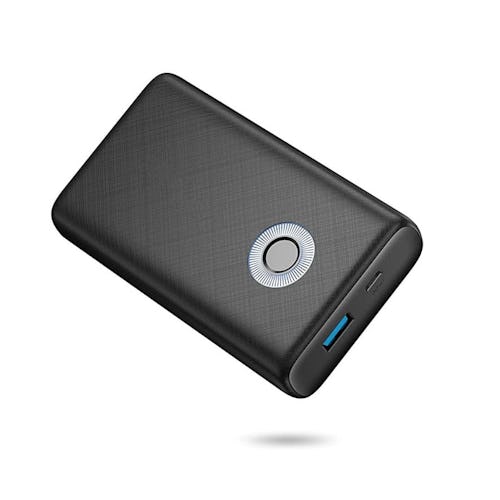
I love going off-grid, but I’ve still got a fair few gadgets. As an Input reader, I’d hazard a guess that you’ve got your share of electronics too. In this day and age, a portable charger is a must, and this one from EnergyCell is very good value. Your phone is the obvious bit of gear that needs charging, but you’ll likely have a flashlight and possibly a smartwatch too.

Bumps and scrapes are a fact of life on the trail. I’m so clumsy that I often return home resembling a certain bandaged, blue Mr. Men character. We all hope that we won’t need to use our first aid kit, but I find it rarely goes untouched. The Qio Chuang Small Travel First Aid Kit has 87 different pieces, including bandages, antiseptic wipes, and tweezers.






